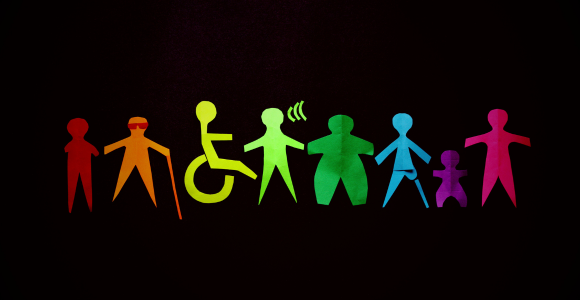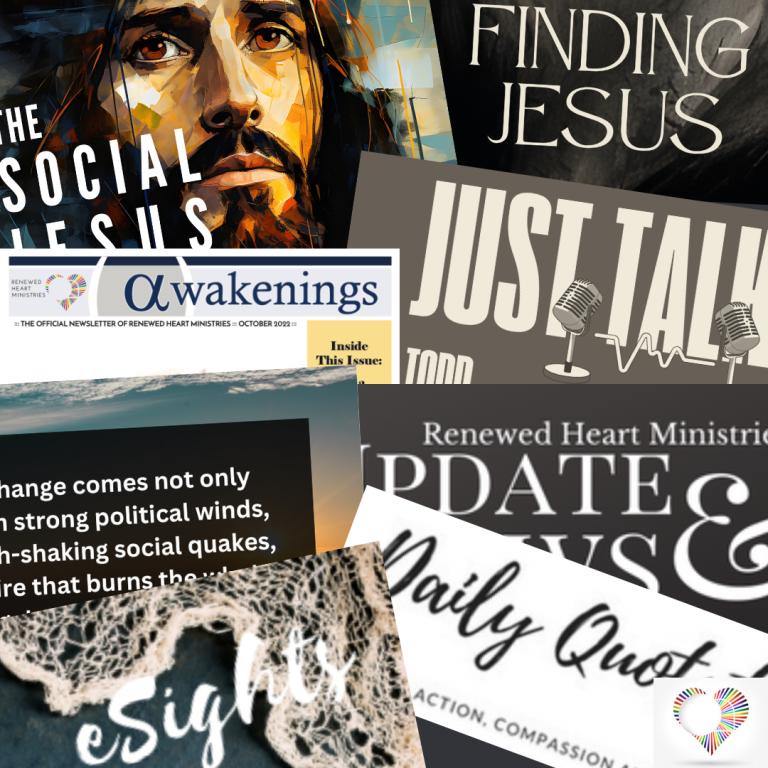
Where does this leave us today who want to return to a more consistent definition of what it means to follow the Jesus in the story in relation to caring for or recieving care as a person living with disabilities?
Welcome Readers! Please subscribe to Social Jesus Here.
This is Part 3 The Jesus Story and Living with Disabilities
(Read this series from the beginning at Part 1 and Part 2.)
Let’s briefly consider the gospel stories’ approach to the two groups Jesus’ gospel is good news for. First, people living in poverty. Jesus understood that poverty is created by systems that the powerful and propertied create. His efforts in regards to poverty were systemic and communal, not private and individual. He called for the reinstatement of the Torah’s jubilee where debts would cancelled and lands returned to families who originally owned them. His call to deeper Torah fidelity in relation to economic justice was a call to radically redistribute wealth. And along the path toward that redistribution, he called those who had more then they needed to share their resources with those whose needs were not being met. It was a combination of systemic change and mutual aid on the way to change.
For people with disabilities, his approach was similar. While there are stories of Jesus healing individuals and liberating them from their private and societal struggles to live life to the fullest, he also called for change in how his society thought about and treated people living with disabilities.
He challenged societal exclusion and pushed toward accessibility:
“But when you give a banquet, invite the poor, the crippled, the lame, the blind.” (Luke 14:13)
He challenged how the exclusionary practice of those in power and how they related to those who had been excluded because of their disabilities:
“See that you don’t tell this to anyone. But go, show yourself to the priest and offer the sacrifices that Moses commanded for your cleansing, as a testimony to them.” (Mark 1:44)
And he challenged the theology behind how his society thought about and treated people with disabilities:
As he went along, he saw a man blind from birth. His disciples asked him, “Rabbi, who sinned, this man or his parents, that he was born blind?” “Neither this man nor his parents sinned,” said Jesus. (John 9:1-3)
Healing or removing disabilities as Jesus did for so many in these stories is not an option for many if not most of us today. But we can take a cue from the narratives and challenge theologies that shape the exclusion and mistreatment of those with disabilities. We can also push for accessibility and inclusion for fellow members of this diverse human family who live with disabilities, whether in our faith communities or in society.
The Jesus story is complicated when it comes to our theology, practice, understanding, and relationship to our own disabilities and/or the disabilities of others. The Jesus story isn’t perfect on this topic, but there is still good we can glean from it to inform our justice work with and for people with disabilities today. No one throws away an apple because it has a core. You just eat the good flesh and discard the rest. There is good, too, in the Jesus story here: good that still calls us to create a safer, more accessible, more just, more compassionate world that is home for everyone, regardless of our differences.
Are you receiving all of RHM’s free resources each week?
Begin each day being inspired toward love, compassion, justice and action. Free.
Sign up at HERE.















